For anyone who is interested in a primer exploring the basic connections between music and math, this is a good start and overview of the topic. Written in a breezy, easy to understand style, it stretches the mind while not tying it up into too many knots. Link to book.
Boards of Canada had it right all along: Music is Math.
Music and math are age old companions. Ever since the time of Pythagoras music has been linked with math and the study of numbers. For Pythagoreans, numbers are everything. But music was also everything, because music was math, and the very structure of the heavens was a symphony, or Musica Universalis, the music of the spheres. The proportions in the movement of heavenly bodies create sound. Philosophers have debated whether that sound is audible to the ear or alone to the soul, but the idea of the music of the spheres has maintained its firm grip on the human imagination even in the face of the so-called “Enlightenment” when human reason subjugated superstition.
“How music has influenced mathematics, physics, and astronomy from ancient Greece to the twentieth century.”
Now we know that the heavenly bodies really do produce sound. Distant stars give off radio signals. The motion of Jupiter and its moons can be picked up and heard on certain portions of the radio spectrum. 250 million light years away in the Abell 426 galaxy cluster is making the lowest known note in the universe. Science once again proves what mystics have long known.
Let’s time travel for a minute though. The book starts with Pythagoras, who was a philosopher hailing from Ionia, present day Turkey, who seems to have made his bones in the mystery schools of ancient Egypt and Babylon. With his mind full of secret knowledge learned from spending thirty-four years abroad in search of wisdom, he was primed to make discoveries about harmonic ratios. It all went down when he walked past a blacksmith shop. The blacksmith was hammering away, and from the sound of the hammer hitting the metal Pythagoras heard a perfect octave with the ratio of 2:1.
The whole essential nature of numbers ::
From this revelation he was able to bridge the world of numbers to the world of music, and the two have never been able to separate since, existing in a vesica piscis relationship. He started to measure the physical qualities of sound by vibrating different lengths of string to explore the arithmetic of ratio. He discovered that the pitch of a note is the inverse proportion to the length of string making the sound. The intervals between harmonic frequencies are also numerical ratios. The octave (1/2), the fifth (2/3) and the fourth (3/4) all are comprised of the first four natural numbers: 1, 2, 3, 4 moving in sequence. When those numbers are added up as 1 + 2+ 3 + 4 it equals 10. Pythagoras thought 10 was perfect because it contained “the whole essential nature of numbers.”
With Pythagoras and the notion of vibrating strings as a starting point Eli Maor takes his readers on a lively journey through centuries of speculation and investigation into the nature of music and math. As a mathematician himself, he focuses on the way musicians have employed math to understand music, as well as following musicians who have put math to work in service of composition.
It is a quick read at just around 150 pages, and doesn’t demand a rigorous mathematical understanding to be enjoyed. What you learned and forgot from high school will likely suffice. Starting with a chapter on “String theory, 500 BCE” it explores the work of Pythagoras, then moves on to an exploration of ideas about harmony during the “Enlightenment” epoch. Another fun chapter is on “Musical gadgets: the tuning fork and metronome.”
I found the section on the “Great String Debate” that occurred over a fifty year period between 1730 and 1780 to be fascinating. It focuses in on a question physicists and math heads were trying to figure out. “How can the initial triangular shape of the plucked string, with its sharp corner at the top, evolve into the sum of many—perhaps infinitely many—sine waves piled on top of each other, each having perfectly smooth shape?” This question engaged some of the great minds of the time. A later chapter goes into the math of rhythm and repetition, and other topics are also addressed.
Serialism is a kind of relativistic music ::
The last chapter gets into two ideas that emerged around the same time in the earliest part of the 20th century in Germany and Austria. Albert Einstein released his ground breaking paper on special relativity in 1905, and then began working on his ideas of general relativity. Arnold Schoenberg began to work on his system of twelve tone music, that evolved into serialism in 1908. Maor argues that serialism is a kind of relativistic music. Relativity showcased the principle of equivalence, and that in the free-fall of outer space, the effect of gravity is totally abolished. Schoenberg, with his twelve-tone system, abolished the tonal center that had occupied the classical music tradition up to that point, creating what Maor calls a relativistic music. Schoenberg’s followers. Karlheinz Stockhausen, who was steeped in serialism, would take musical mathematics even further, encoding his compositions with formulas and numerical structures (though the book does not touch on these).
The book is also filled with informative sidebars between chapters. These can be thought of as microtonal structures in the spaces between the main notes of the book. Th sidebars explore things such as The Slinky (used for physics experiments, and also adapted into antennas by crafty amateur radio operators) and sounds that have made it into the record books (slowest, longest, oldest, weirdest) among other topics. My favorite sidebar was perhaps the last, about an experimental instrument maker named Michael Sterling who created two instruments based on research into logarithmic spirals by mathematician Johanne Bernoulli.
For anyone who is interested in a primer exploring the basic connections between music and math, this is a good start and overview of the topic. Written in a breezy, easy to understand style, it stretches the mind while not tying it up into too many knots.
Music by the Numbers: From Pythagoras to Schoenberg by Eli Maor is available on Princeton University Press.






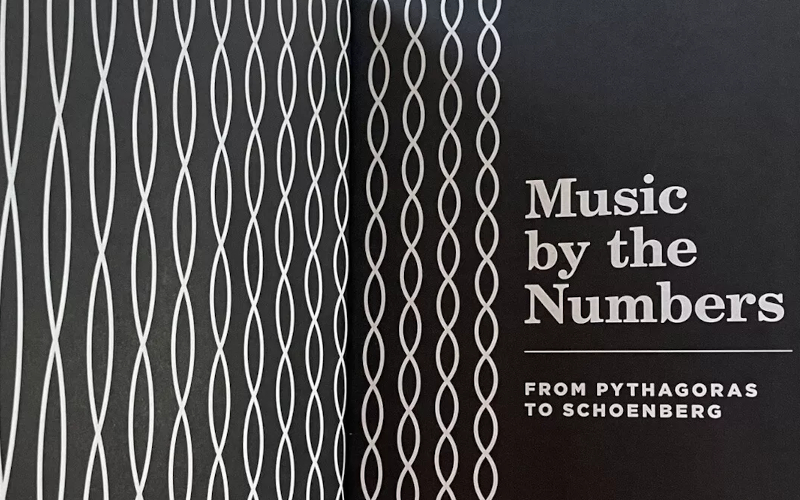
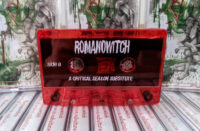

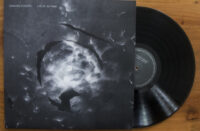
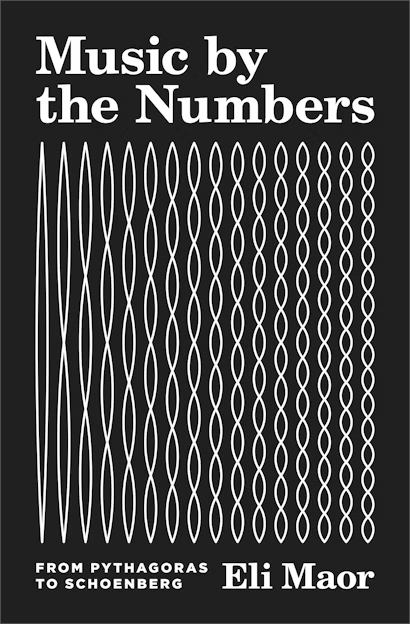



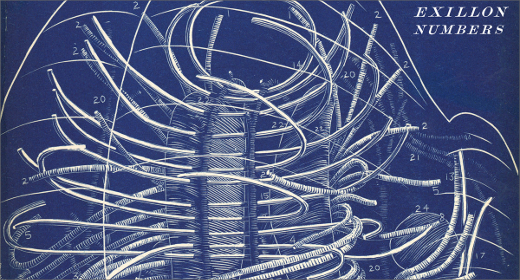
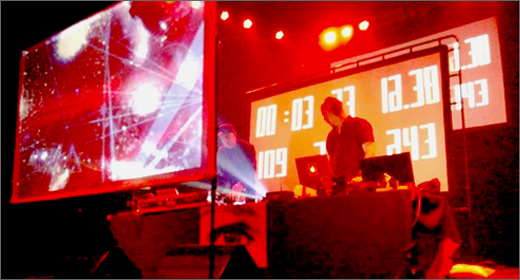
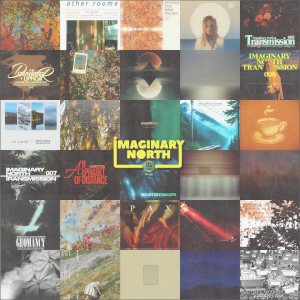

![Romanowitch :: A critical season substitute (glitch.cool) — [concise]](https://igloomag.com/wp/wp-content/uploads/2025/03/romanowitch-a-critical-season-substitute_tape_feat-75x75.jpg)






